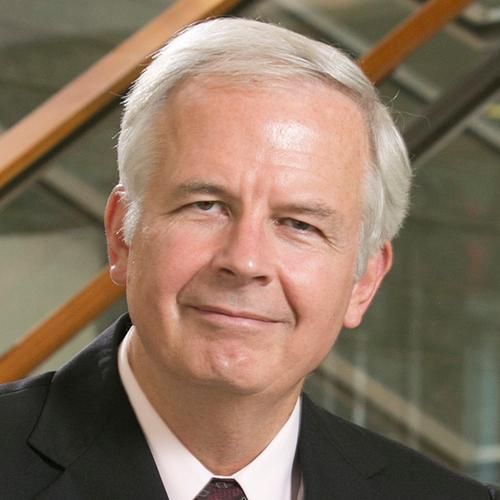
An equilibrium model of endothelial cell adhesion via integrin-dependent and integrin-independent ligands.
Endothelial cell adhesion can be enhanced by supplementing integrin-mediated adhesion via fibronectin with the high-affinity avidin-biotin system in which biotin is covalently linked to membrane proteins and avidin binds to biotinylated surfaces (Bhat et al. J Biomed Mater Res 1998;41:377-85). An equilibrium model was extended to explain detachment of spreading cells following exposure to flow for this two ligand system. The two different receptor-ligand systems were treated as springs in parallel in which the equilibrium dissociation constant was a function of the separation distance of the cell from the surface. Flow experiments were performed to measure the endothelial cell adhesion strength as a function of the extent of biotinylation of the endothelium. Surfaces contained adsorbed fibronectin, avidin or both ligands. The contact area between the cell membrane and substrate was measured using total internal reflection fluorescence microscopy. Estimates of the unstressed dissociation constant for fibronectin and avidin were determined from data for adhesion strength and contact area of each ligand separately. Using these unstressed equilibrium constants, the model predicted, with reasonable accuracy, the strength of endothelial cell adhesion to surfaces containing fibronectin and avidin. The results indicate that as the extent of biotinylation increases, the avidin-biotin system contributes a larger fraction of the total adhesion strength but the maximum contribution of the avidin-biotin system is less than 50%. The magnitude of the affinity constant and force per bond for the avidin-biotin system are consistent with detachment by extraction of receptors from the cell. The resulting increase in the adhesion strength on surfaces with both avidin-biotin and fibronectin is due to the increase in contact area and the larger number of bonds formed.
Duke Scholars
Published In
DOI
EISSN
ISSN
Publication Date
Volume
Issue
Start / End Page
Related Subject Headings
- Microscopy, Fluorescence
- Ligands
- Kinetics
- Integrins
- Endothelium, Vascular
- Cell Adhesion
- Cattle
- Biotin
- Biomedical Engineering
- Avidin
Citation

Published In
DOI
EISSN
ISSN
Publication Date
Volume
Issue
Start / End Page
Related Subject Headings
- Microscopy, Fluorescence
- Ligands
- Kinetics
- Integrins
- Endothelium, Vascular
- Cell Adhesion
- Cattle
- Biotin
- Biomedical Engineering
- Avidin


